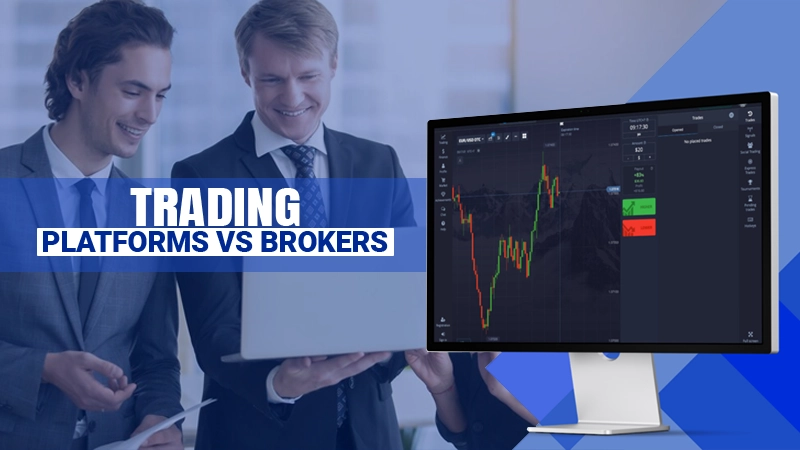How to Profit from Nifty Moves Using Futures and Options
Plenty of opportunities can be spotted while tracking the movements of the Nifty 50 chart. Thru the Nifty share price chart, you can get a clear view of the highs and lows, opens, and previous closes. Traders with a keen market outlook and a risk tolerance can invest in the Nifty thru options and futures contracts by paying a fraction of the index’s value.
- Read This Also: Investments in Stocks – How to Invest in It
So, What Exactly are Nifty Futures and Options?
Nifty futures are contracts that give the buyer or seller the right to trade the Nifty 50 index at a pre-set price at a later date. Call and put options are the two types of Nifty options.
Call Option
A Nifty call option gives the buyer the right, but not the obligation, to purchase the index at a pre-set price during a specified time.
Put Option
On the other hand, a Nifty put gives the buyer the right to sell the index.
A seller of options is required to deliver or take delivery of Nifty from the buyers.
Example:
If trader A believes the bank’s nifty chart will rise from 17000, she can buy one lot (50 shares) of Nifty futures with a margin equal to a fraction of the contract cost. At that level, her counterparty trader B sells her Nifty.
If the Nifty rises to, say, 18000, A has the right to buy the index from the counterparty at 17000 and sell it to him at 18000, making a profit of Rs. 50000 (1000 X 50).
If the Nifty futures fall to 16000, B sells the futures to A for 17000, although the Nifty is trading at 16000, resulting in a Rs 1000 per share loss for the buyer.
Instead of purchasing a futures contract, A can buy a 17000 call option on the Nifty for a premium of Rs 200 per share. If the Nifty rises by 1000 points to 18,000 at expiry, the option value will increase by around Rs 1000. So, the seller of the option must pay the money.
However, if the Nifty falls by a similar amount, the call buyer may incur an unrealized loss. Except where the exchanges specify compulsory delivery, both futures and options are cash-settled.
Which is Better: Buying a Futures Contract or an Options Contract?
Each has advantages and disadvantages. An option seller must place a high exposure and Span margin with the exchange that is significantly greater than the option price or premium received from a buyer. However, to buy or sell a futures contract, both the buyer and seller must put up the same margin, which is typically 10% of the contract’s total value.
Plus, holding an option for an extended period results in a loss of value due to time decay. It does not occur in the case of futures, which, unlike options, can also be rolled over.
However, the gains and losses in futures can be limitless. Losses (for the buyer) in options are limited to the premium paid (sellers of options face a higher risk of loss), while profits (for the buyer) are very high.
How do You Get Started?
To trade these contracts on the NSE and BSE, you must first open a trading account with a broker. Because the NSE is a highly liquid derivatives platform, many of these contracts are traded there.
It would also be necessary to be well acquainted with the nifty 50 chart movements. You can achieve this by observing and understanding the share price movements on the Nifty chart.












